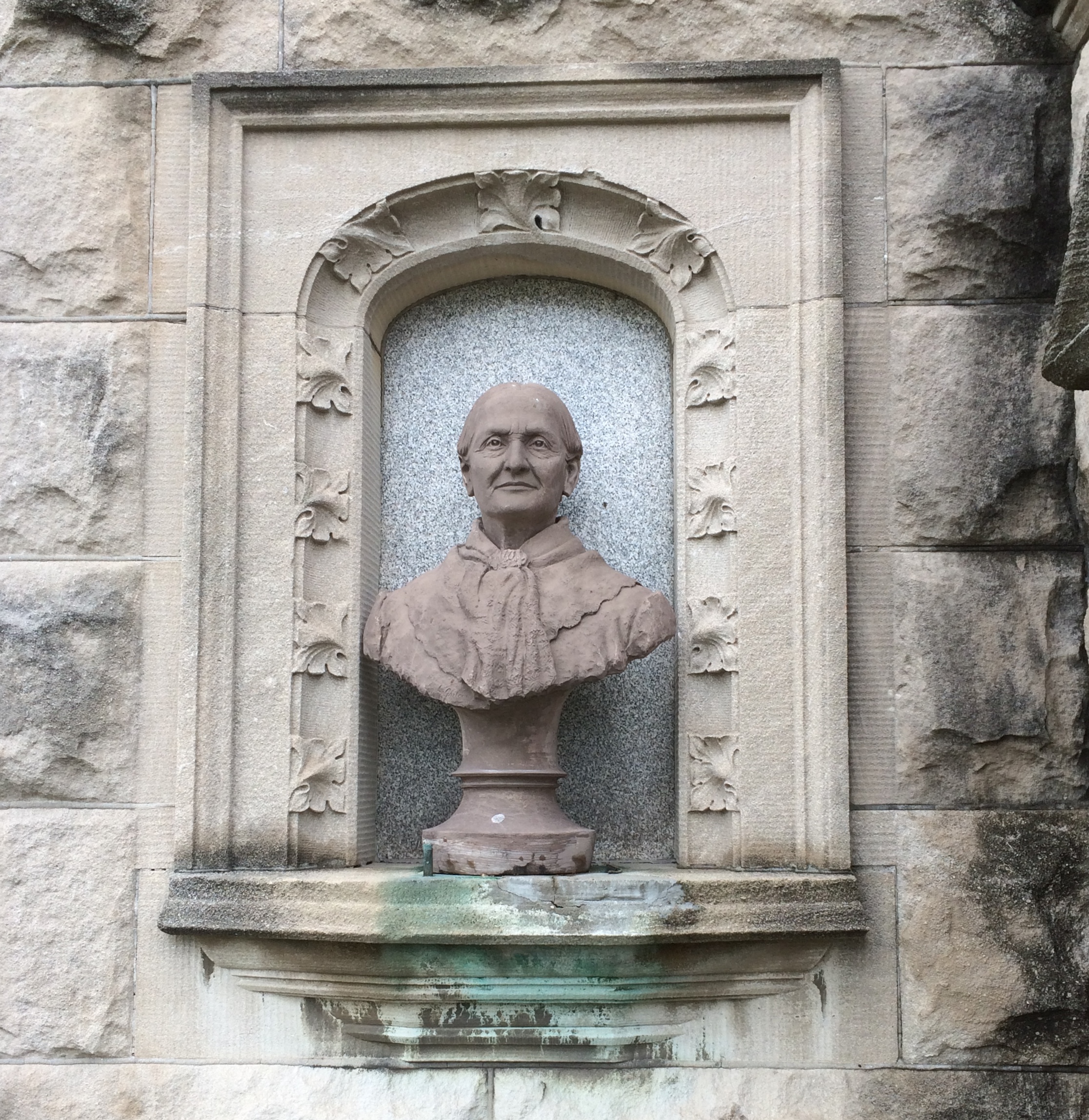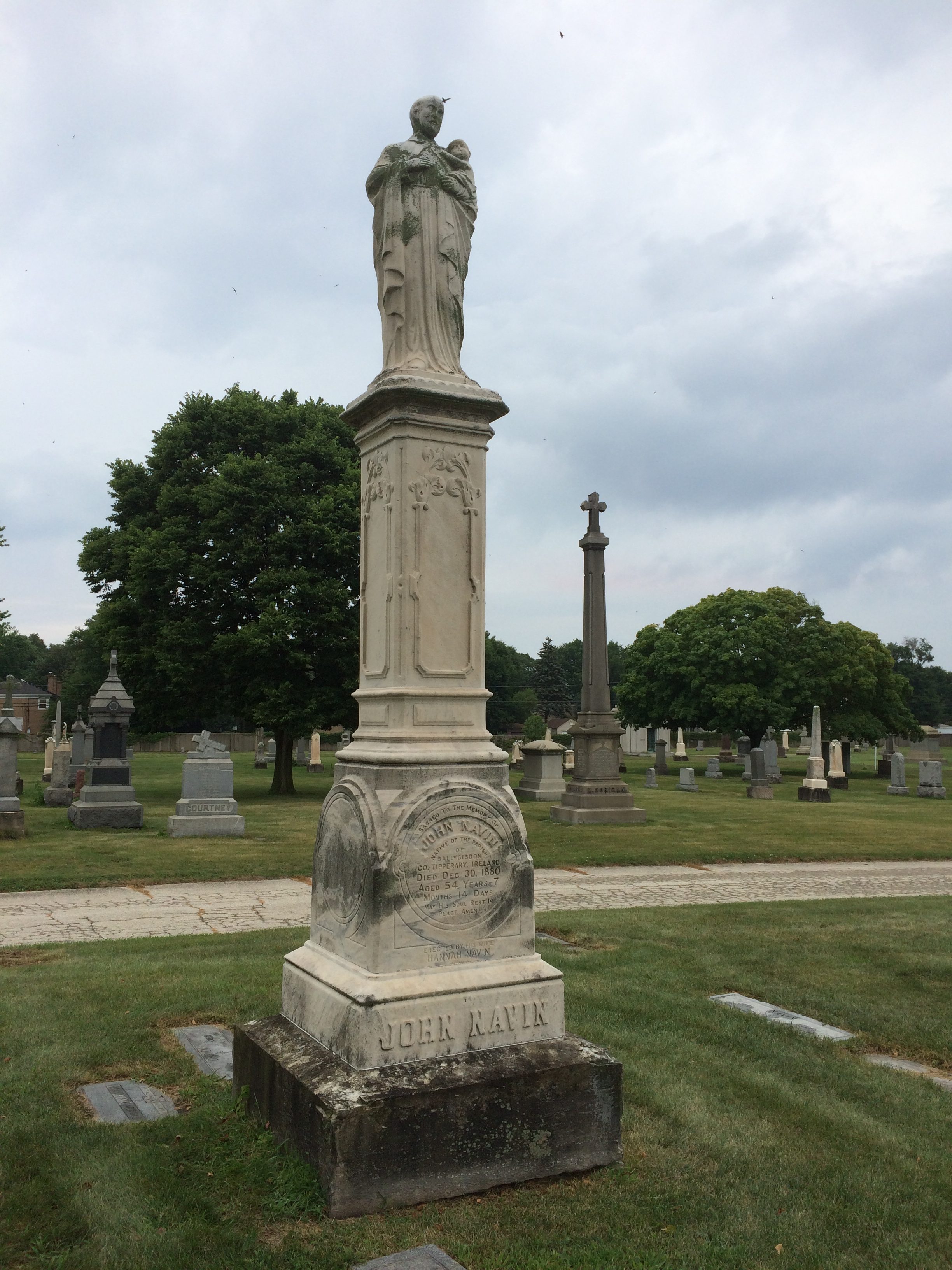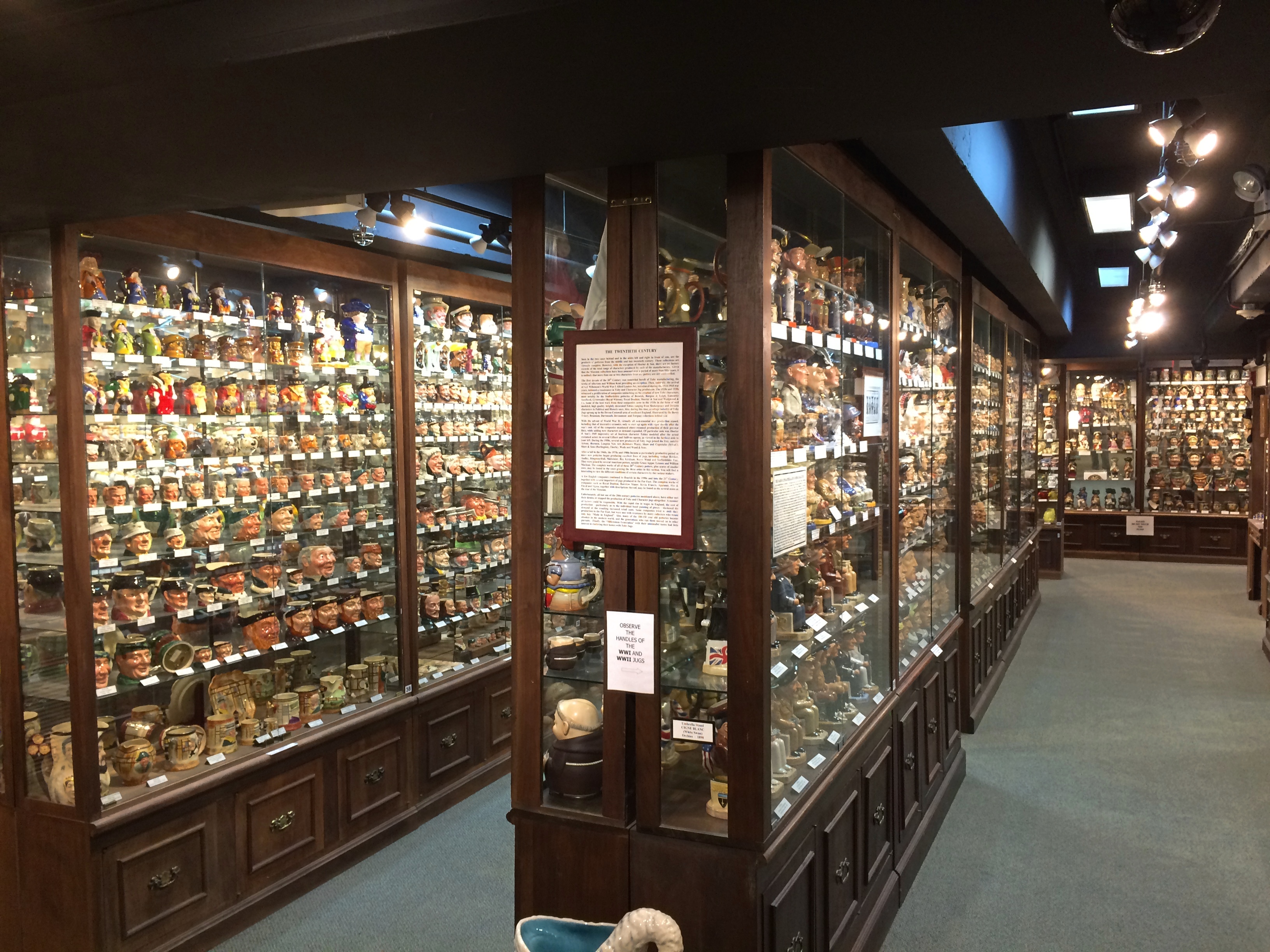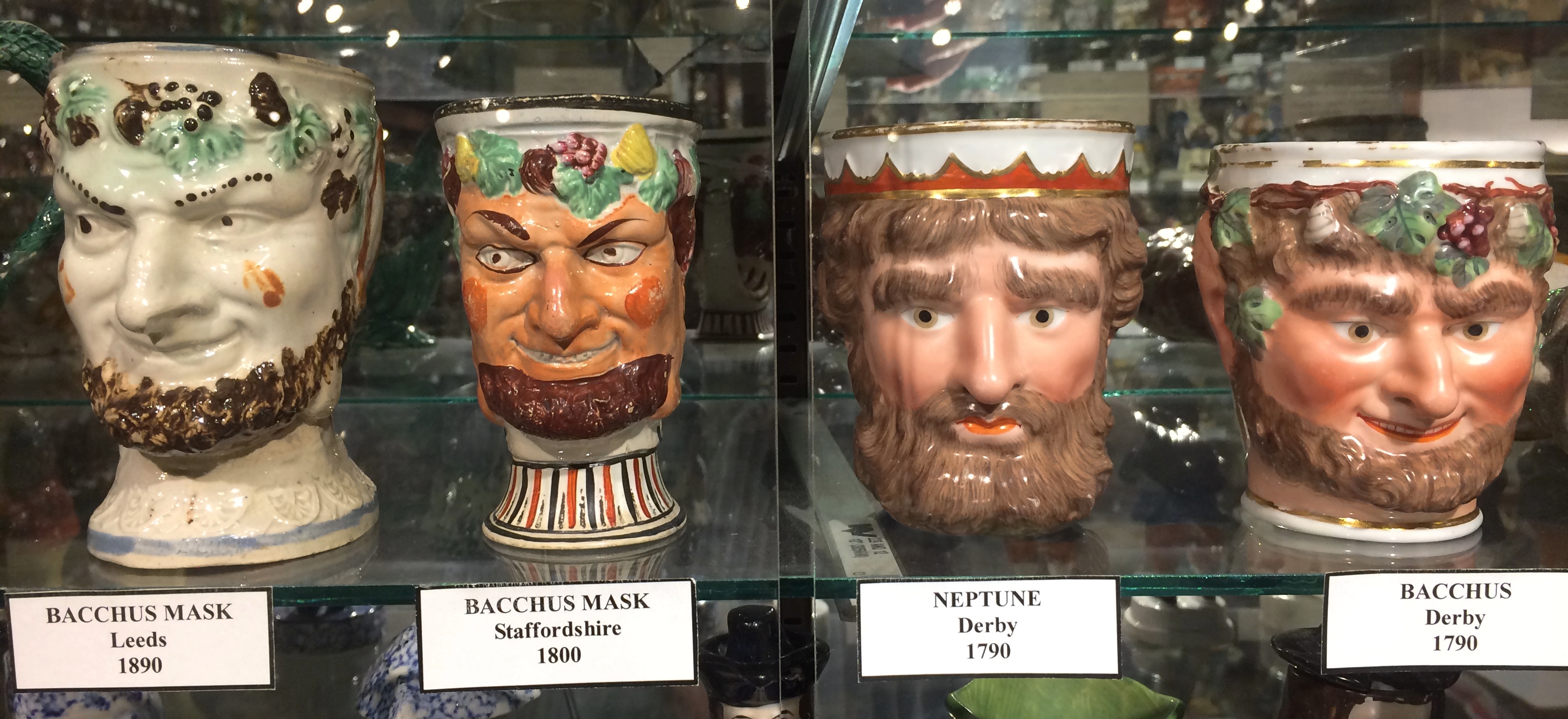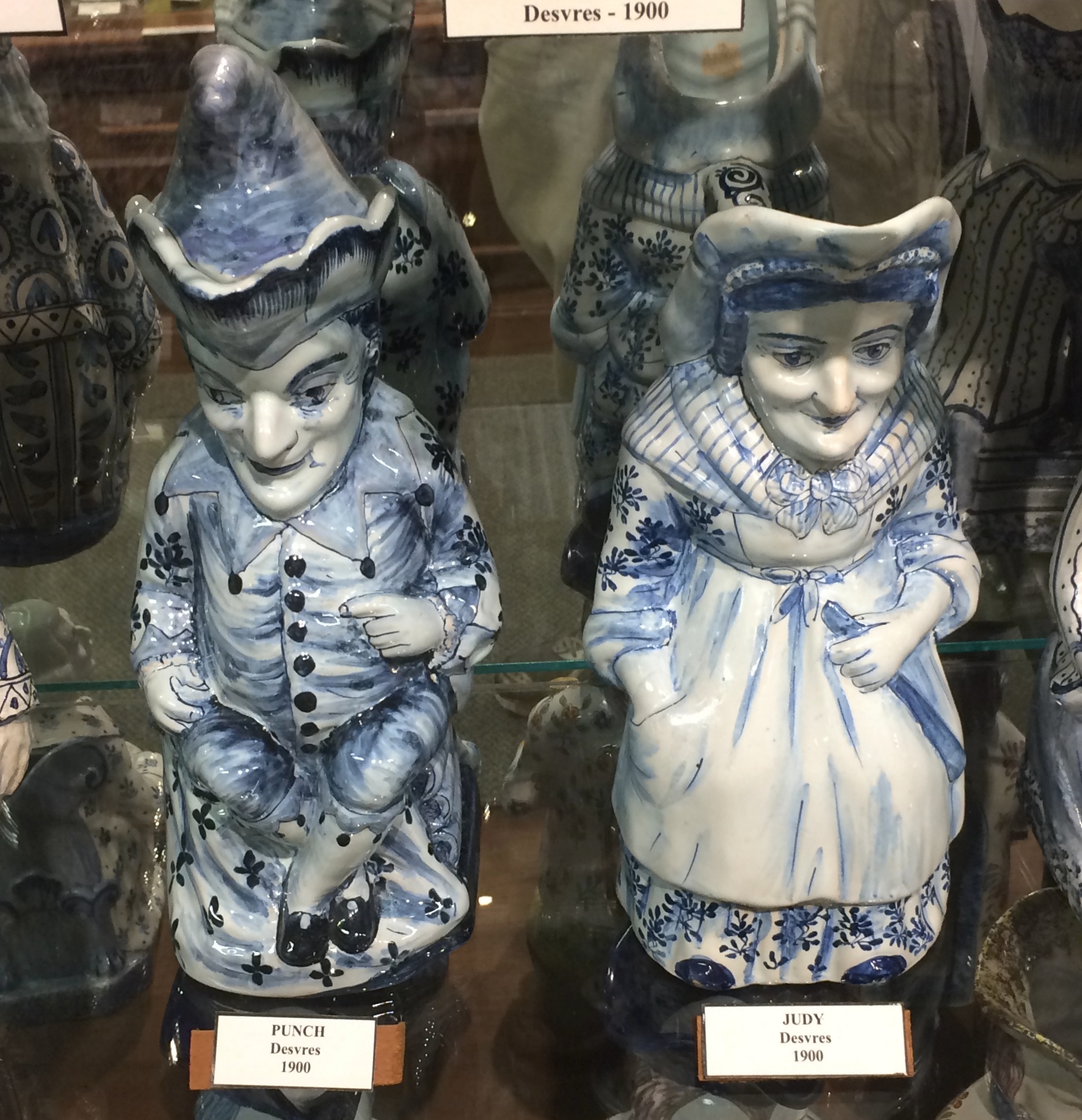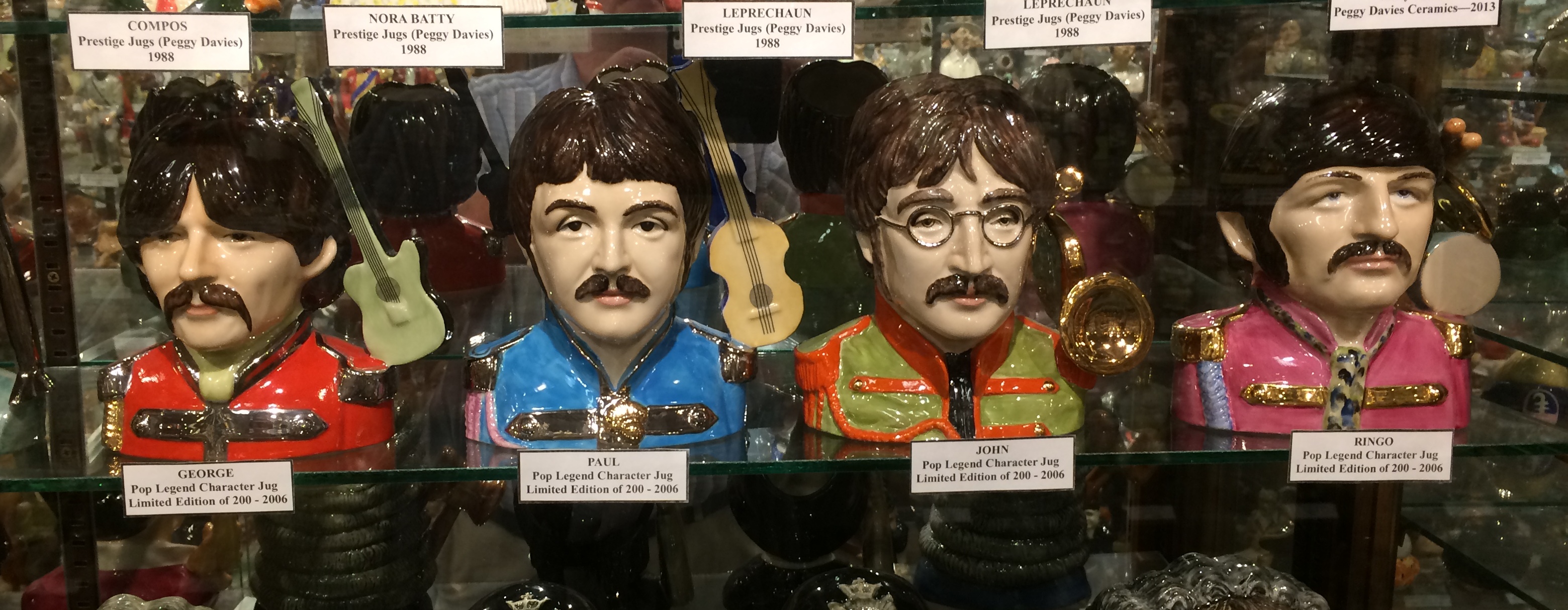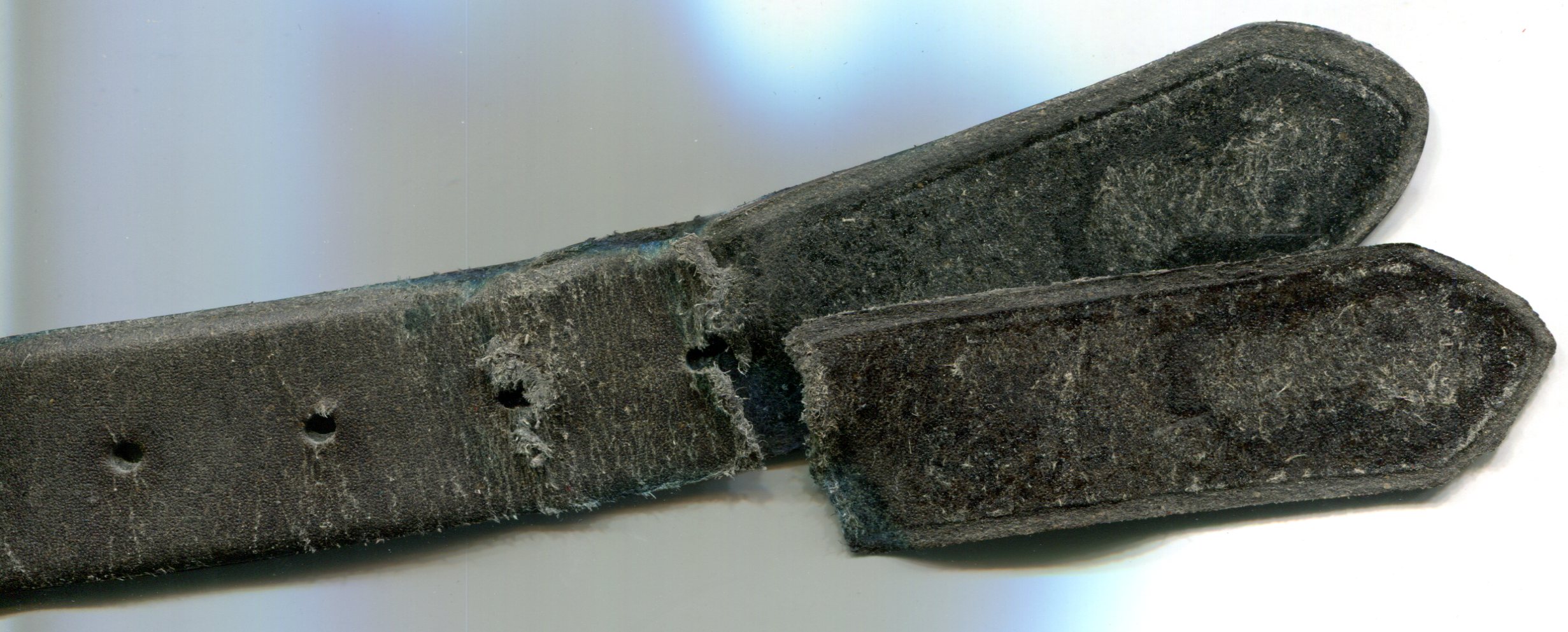The southern part of Lincoln Park in Chicago features statues of famous men fairly close together, but not quite within sight of each other. Visible from W. North Blvd., barely — at the other end of a linear garden — is Lincoln.
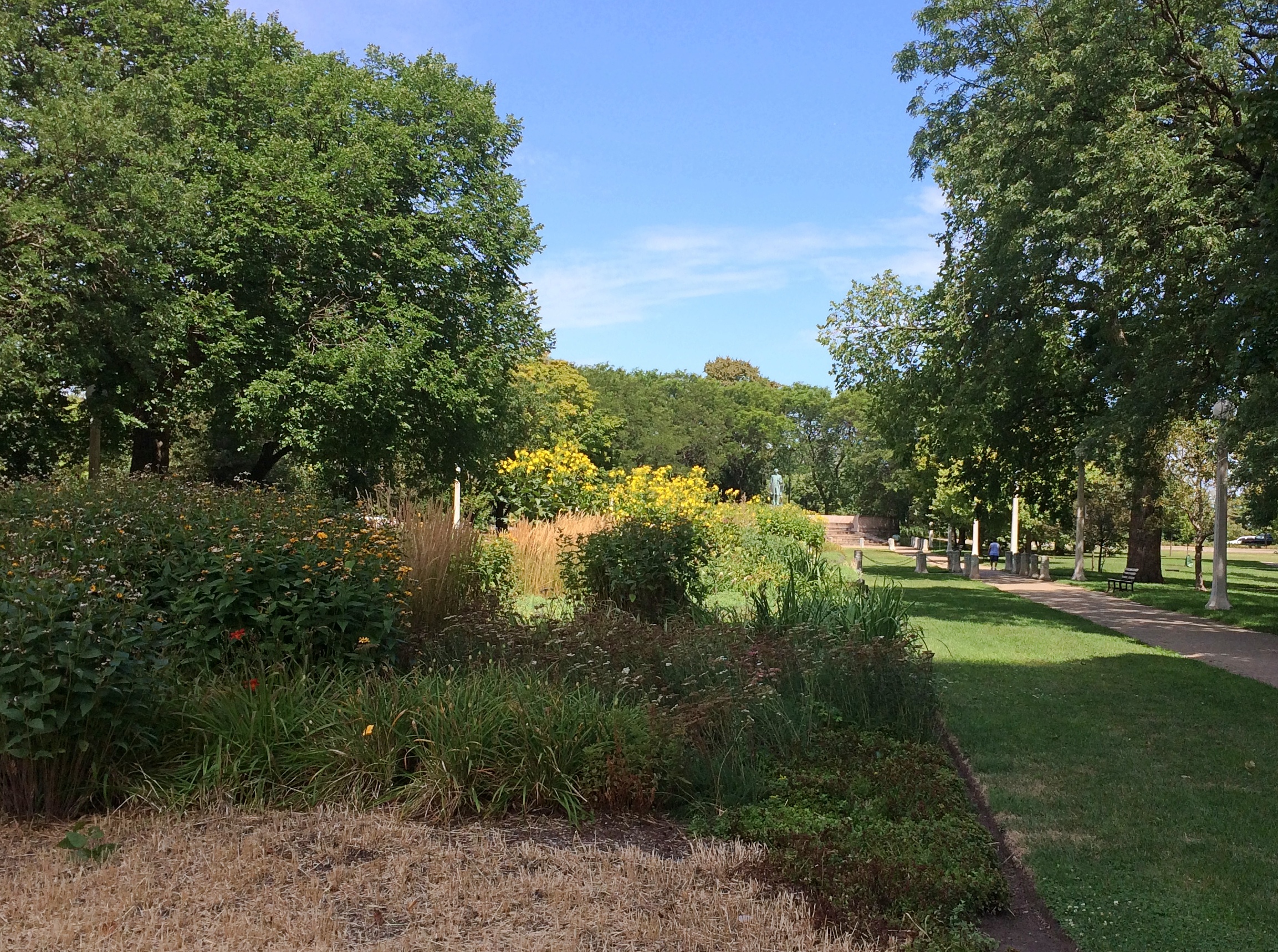 This isn’t just any Lincoln statue, of which there are many. This is Augustus Saint-Gaudens’ Standing Lincoln, whose formal title is “Abraham Lincoln: The Man,” completed in 1887. Among Lincoln statues, it has few peers.
This isn’t just any Lincoln statue, of which there are many. This is Augustus Saint-Gaudens’ Standing Lincoln, whose formal title is “Abraham Lincoln: The Man,” completed in 1887. Among Lincoln statues, it has few peers.
 I understand there are full-sized replicas in both Mexico City and London, where he keeps statuary company with nearby works depicting Winston Churchill, Robert Peel, Benjamin Disraeli, Mahatma Gandhi and others.
I understand there are full-sized replicas in both Mexico City and London, where he keeps statuary company with nearby works depicting Winston Churchill, Robert Peel, Benjamin Disraeli, Mahatma Gandhi and others.
Stanford White designed the memorial’s semicircular exedra, where I parked myself for a few minutes.
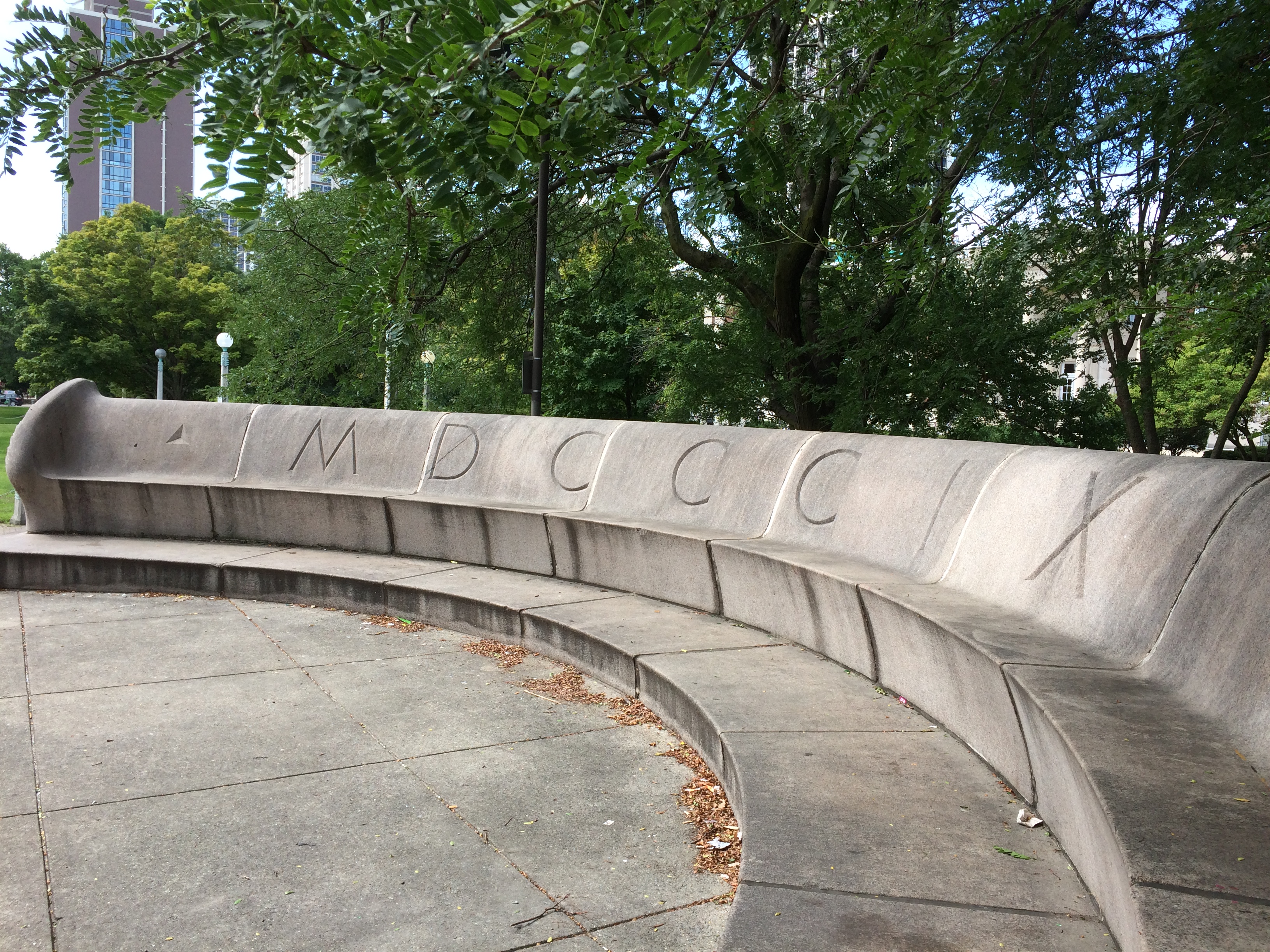 On the exedra’s left is this curious globe.
On the exedra’s left is this curious globe.
 The text is Lincoln’s letter to Horace Greely of August 22, 1862. Interesting choice, rather than the Gettysburg Address or part of the Second Inaugural Address, which are carved into the Lincoln Memorial. Perhaps in 1887 the letter was considered the essence of the man.
The text is Lincoln’s letter to Horace Greely of August 22, 1862. Interesting choice, rather than the Gettysburg Address or part of the Second Inaugural Address, which are carved into the Lincoln Memorial. Perhaps in 1887 the letter was considered the essence of the man.
On the north side of a pedestrian tunnel under W. LaSalle Dr. is a statue of Benjamin Franklin.
 The Chicago Park District says: “Joseph Medill, editor of the Chicago Tribune, wrote, ‘I have deemed it a personal duty to keep [Franklin’s] memory fresh in the minds of Chicago’s youth.’ Along with the Old-Time Printers’ Association, Medill hired sculptor Richard Henry Park (1832–1902) to create the Benjamin Franklin Monument. Park came to Chicago from New York to participate in the 1893 World’s Columbian Exposition.
The Chicago Park District says: “Joseph Medill, editor of the Chicago Tribune, wrote, ‘I have deemed it a personal duty to keep [Franklin’s] memory fresh in the minds of Chicago’s youth.’ Along with the Old-Time Printers’ Association, Medill hired sculptor Richard Henry Park (1832–1902) to create the Benjamin Franklin Monument. Park came to Chicago from New York to participate in the 1893 World’s Columbian Exposition.
“The monument was originally located on the east side of the Lincoln Park Zoo near the South Lagoon. In 1966, the Chicago Park District moved the bronze sculpture and its white granite base to accommodate an expansion of the zoo.”
Further north, and visible from the South Pond, is the Ulysses S. Grant Monument.
 That’s the view from west. I wanted to get a closer look at it, since I never had. All the years I’ve been here, you’d think I would have, but no. The view from the east:
That’s the view from west. I wanted to get a closer look at it, since I never had. All the years I’ve been here, you’d think I would have, but no. The view from the east:
 From just under the statue.
From just under the statue.
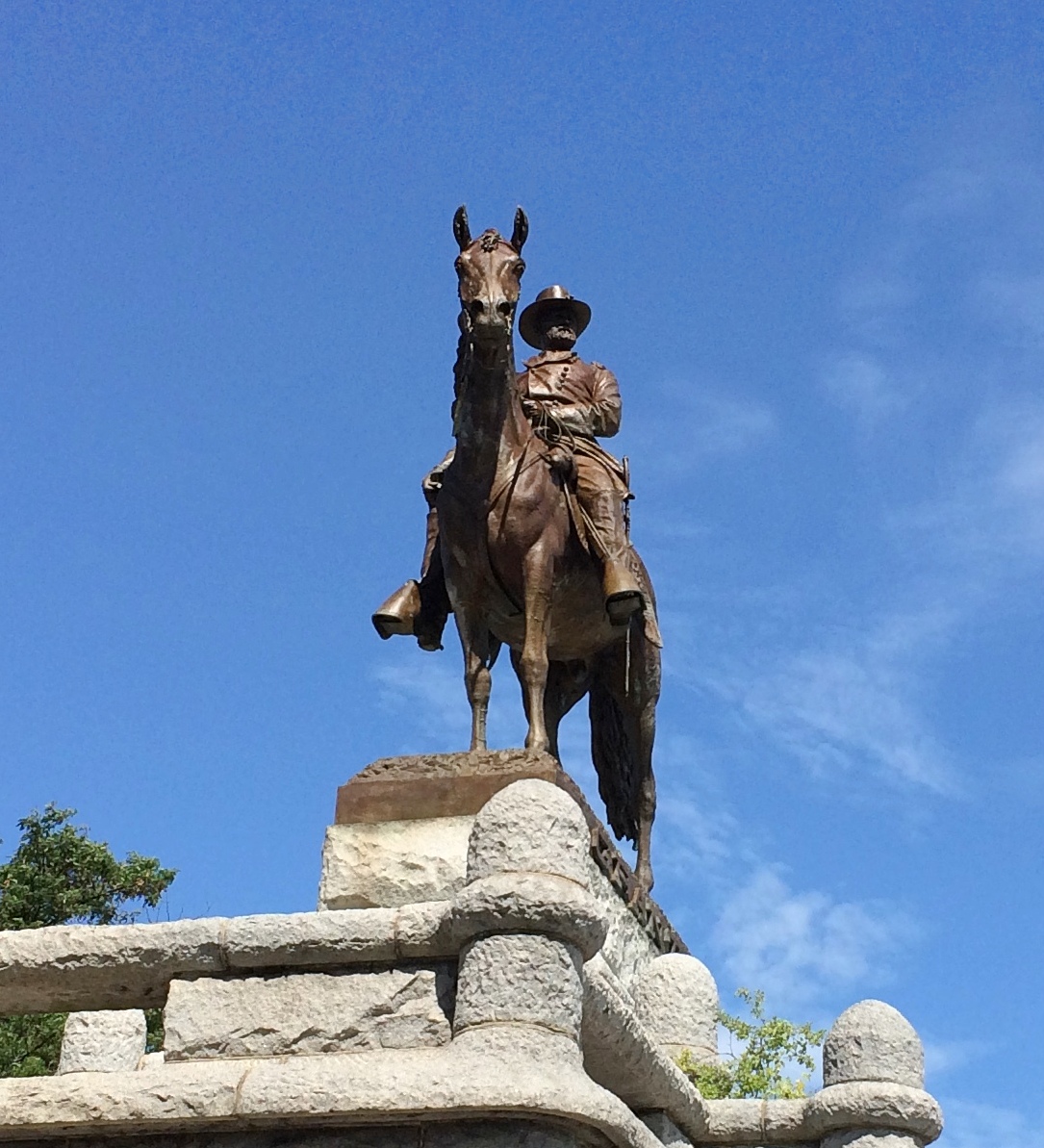
Looks like Grant, all right. The park district again: “William Le Baron Jenney, the noteworthy designer of early skyscrapers, recommended that the memorial should include a monumental Romanesque arched structure. More than a dozen artists competed for the project.
“The winning proposal came from Louis T. Rebisso (1837–1899), a Cincinnati-based artist who had emigrated from Italy to America in 1857. Rebisso produced an eighteen-foot-tall equestrian bronze statue of Grant above an elegant version of the arched structure that Jenney had suggested.
“When the sculpture was dedicated in 1891, more than 200,000 people attended the ceremonies.”
Also in this part of Lincoln Park is an empty plinth rising in a bleak little patch of land.
 A recent statue removal I hadn’t heard about, like in New Orleans? That didn’t seem likely, especially when I noticed GARIBALDI carved in the plinth. Turns out that Garibaldi was removed — so he could be displayed in a park closer to a Chicago Italian neighborhood at the time. That was in 1982.
A recent statue removal I hadn’t heard about, like in New Orleans? That didn’t seem likely, especially when I noticed GARIBALDI carved in the plinth. Turns out that Garibaldi was removed — so he could be displayed in a park closer to a Chicago Italian neighborhood at the time. That was in 1982.
You’d think that the park district could get around to putting another statue there after nearly 40 years, but apparently not.
I passed by one more statue in the park on Sunday, back south of LaSalle, and not of a famous man: “Fountain Girl.”
 This work has a curious history. I was so curious I sat on a park bench near the statue and looked it up on my gizmo. It is a copy of an earlier work.
This work has a curious history. I was so curious I sat on a park bench near the statue and looked it up on my gizmo. It is a copy of an earlier work.
The park district: “The piece was sculpted by English artist George Wade in 1893 as a commissioned piece by the Woman’s Christian Temperance Union for the World’s Columbian Exposition in Chicago. The WCTU raised $3,000 for the original public fountain to provide ‘pure drinking water’ as an alternative to liquor.”
The fountain stood at the world’s fair and later in downtown Chicago. Copies of it were installed in other cities. Eventually, the original was located in Lincoln Park, only to be stolen in the 1950s.
“In 2007, the Chicago Park District, the State of Illinois, the Lincoln Park Conservancy and private donors raised funds towards the project. The bronze figure was recast from the Portland, Maine fountain, and it is now installed on its original base.”
Originally, the fountain provided non-alcoholic refreshment for people, dogs and horses, but the park district is quick to point out that the modern version provides non-potable water.

 Actually, more than signs. Not far from the Chicago History Museum is the sole remaining mausoleum from the cemetery period, the Couch Tomb.
Actually, more than signs. Not far from the Chicago History Museum is the sole remaining mausoleum from the cemetery period, the Couch Tomb. In “Hidden Truths: The Chicago City Cemetery and Lincoln Park,” artist Pamela Bannos notes the following about the Couch Tomb: “As a part of Hidden Truths, I have asserted that the Couch family tomb is the oldest structure left standing in the Chicago Fire zone. This stone vault has stood in place since it was built on-site in 1858.
In “Hidden Truths: The Chicago City Cemetery and Lincoln Park,” artist Pamela Bannos notes the following about the Couch Tomb: “As a part of Hidden Truths, I have asserted that the Couch family tomb is the oldest structure left standing in the Chicago Fire zone. This stone vault has stood in place since it was built on-site in 1858.









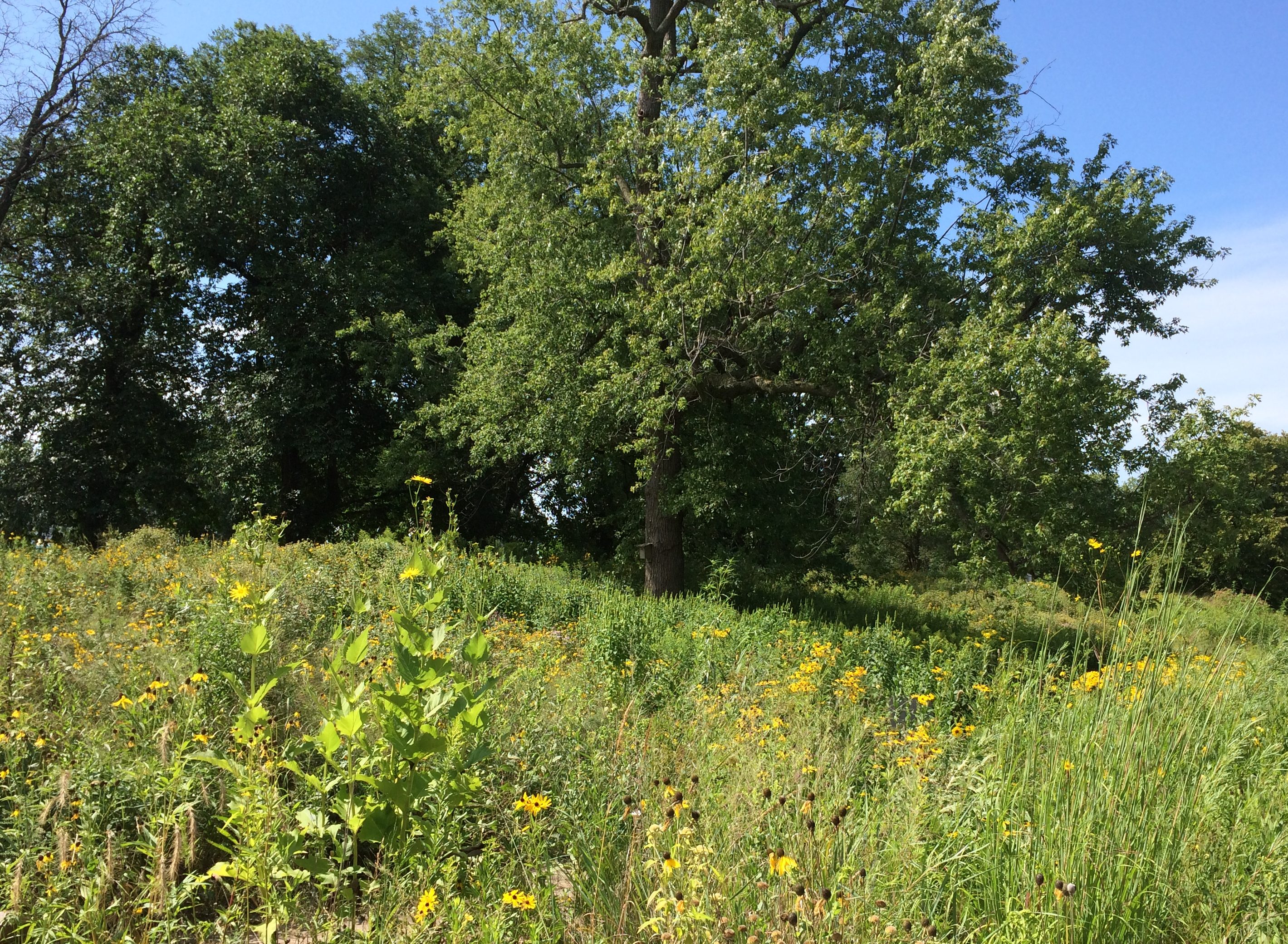







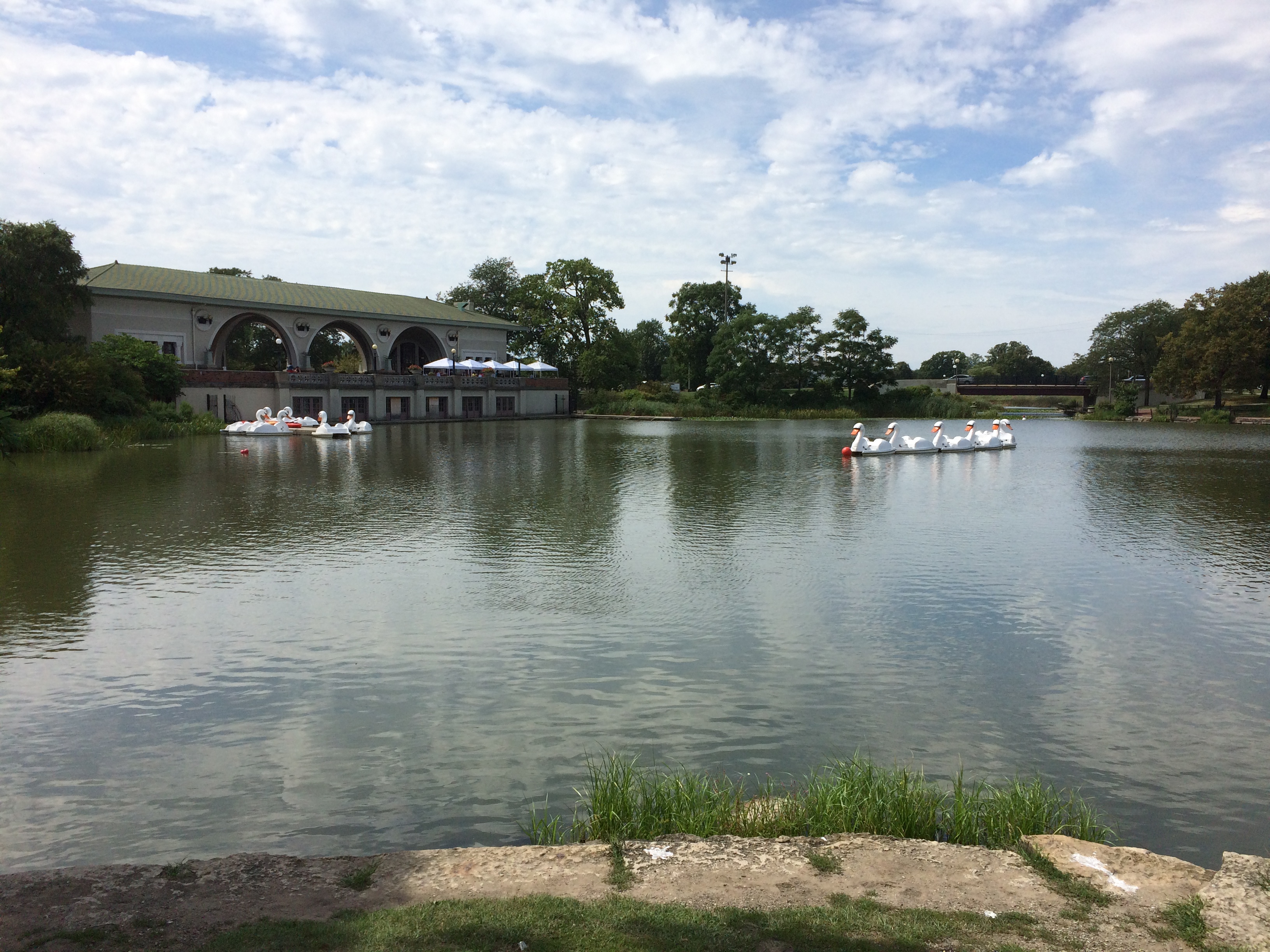






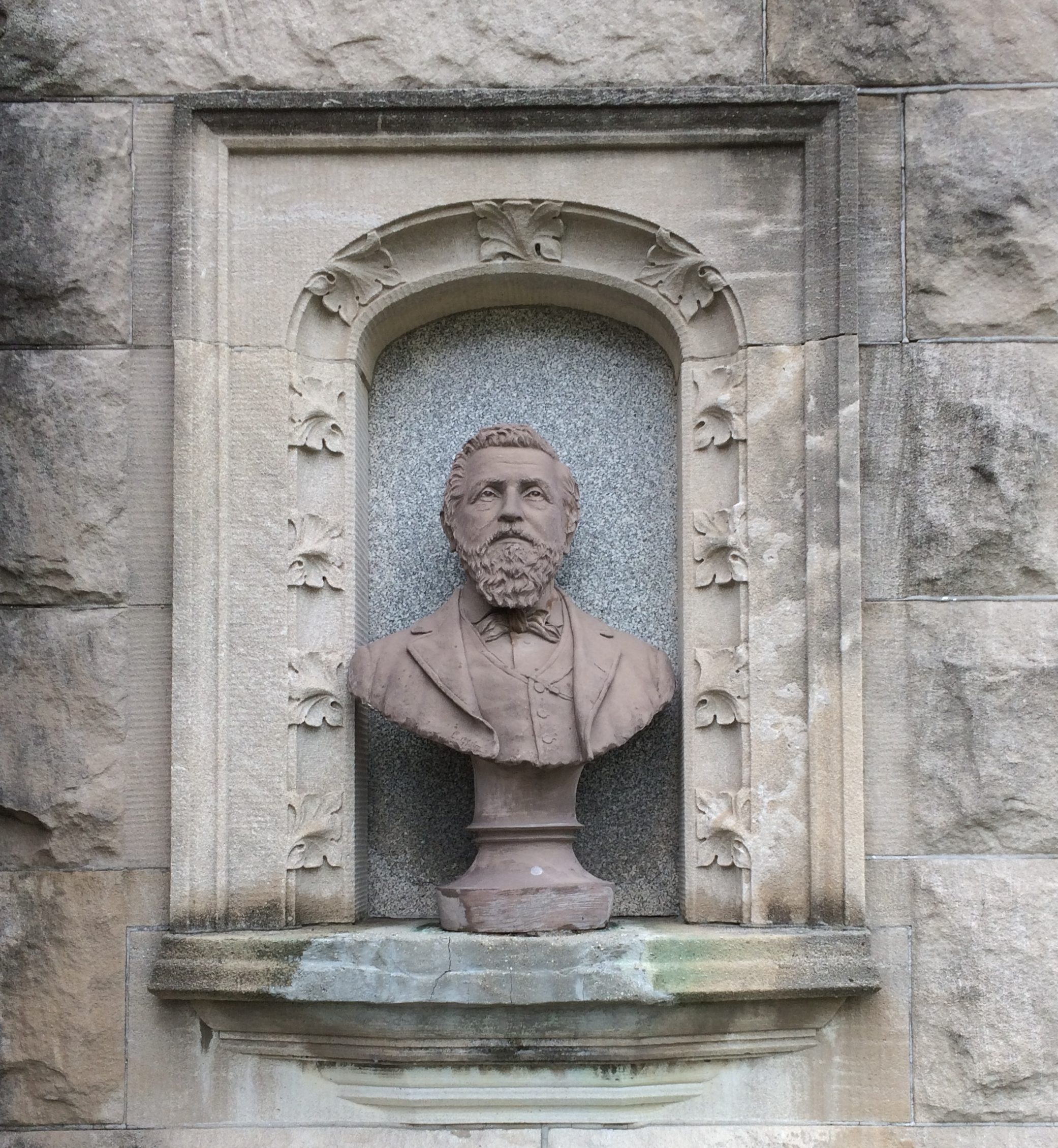 You’d think his wife Amelia (1864-1891) would be the other bust adorning the structure, but this face looks a little old for a woman who seems to have died in her 20s giving birth to her fourth child, or at least soon after.
You’d think his wife Amelia (1864-1891) would be the other bust adorning the structure, but this face looks a little old for a woman who seems to have died in her 20s giving birth to her fourth child, or at least soon after.